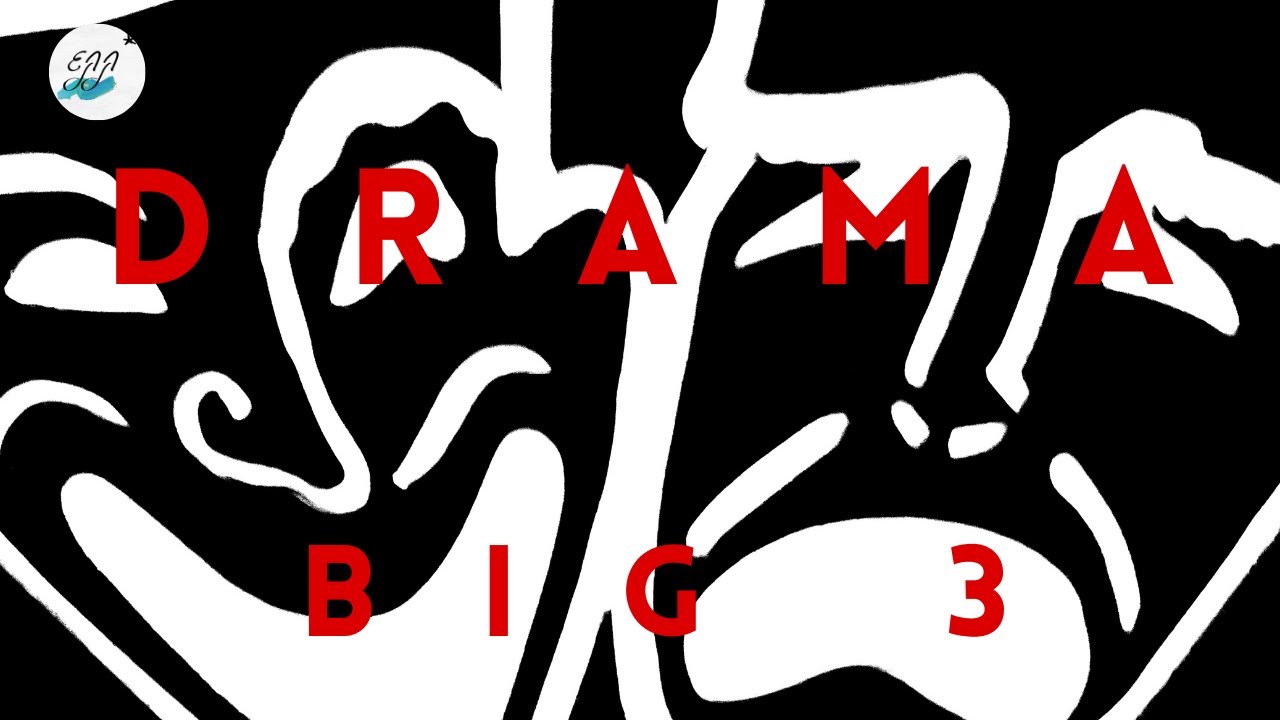Greek Drama Ep.3: Ancient Greek Stage Machinery | Ancient Theatrical Tricks
Summary
TLDRThe video explores ancient Greek theatrical machinery and its pivotal role in enhancing stage performances. Key devices like the *mekhani*, used to suspend divine characters, and the *periactos*, a rotating scene changer, showcase the ingenuity of early theater. The *kiklima*, a wheeled platform, cleverly masked violent actions offstage, while the *celogion* allowed gods to deliver messages from above. Additional effects, such as storm sounds created with *vradio* and *kedavnoskopion*, emphasized the gods' moods. The design of Greek theaters, optimized for acoustics and visibility, reflects their advanced understanding of audience engagement. This rich history of theatrical techniques sets the stage for a deeper exploration of Greek tragedies.
Takeaways
- 🎭 Theatrical machinery dates back to ancient times and has been used since the inception of theater.
- 🛠️ The 'mekhani' (or 'eorima') was a crane used in ancient Greek drama to elevate divine characters during critical moments.
- 👤 Greek tragedies often featured divine interventions to resolve crises faced by tragic characters.
- 🔄 The 'periactos' was a triangular device that rapidly changed theatrical scenes by rotating to reveal different backgrounds.
- 🌌 The 'kiklima' was a wheeled platform used to remove and reintroduce characters in scenes, especially before violent actions.
- 📜 The 'cello logion' was a raised platform for actors portraying gods, allowing them to deliver their lines from above.
- 🕳️ Greek theaters featured trap doors to conceal actors and props until their appearance on stage.
- ⚡ 'Vrodio' and 'keravnoscopion' were devices used to create sound and lighting effects, simulating storms in dramatic scenes.
- 🎶 Greek theaters were designed with acoustics in mind, ensuring that every audience member could hear and see the performance.
- 🏛️ The careful selection of theater locations contributed to the incredible acoustic properties still admired in Greek theaters today.
Q & A
What is the significance of the mekhani in ancient Greek drama?
-The mekhani, also known as eorima, was a crane used to bring divine characters onto the stage, representing their intervention in the plot during moments of crisis.
How did the periactos function in theatrical productions?
-The periactos was a triangular device that could rapidly change scenes by rotating, allowing different backgrounds to be displayed during a play.
What is the kiklima and how was it used in Greek tragedies?
-The kiklima was a wheeled platform used to remove or reintroduce characters, particularly during violent scenes, such as a murder, by rolling them offstage before their demise.
What role did the theologian platform play in performances?
-The theologian platform was a raised stage disguised as part of the scene, from which divine characters delivered their messages to the audience.
What are state traps and how were they utilized in ancient theater?
-State traps were concealed openings in the stage floor used to hide actors and props until their dramatic entrance, similar to modern trap doors.
How did tragedians simulate stormy weather during performances?
-Tragedians used two devices, vrodio and kedavnoskopion, to mimic storm sounds and lightning effects, enhancing the dramatic atmosphere.
What was the purpose of constructing Greek theaters with specific acoustic features?
-Greek theaters were designed for optimal visibility and acoustics, ensuring that all audience members could see and hear the performances clearly.
Why was depicting violent crimes like murder restricted in Greek tragedies?
-Greek tragedies often focused on darker themes but avoided showing violent acts directly on stage, opting instead for creative devices like the kiklima to handle such scenes.
Who were some notable theatrical designers during the Renaissance, and what were they admired for?
-Theatrical designers like Nikolasa Battimi were admired for their innovative set designs and contributions to enhancing the visual storytelling of plays.
What can we learn about the evolution of theatrical effects from ancient Greek theater?
-The use of devices like the mekhani, periactos, and state traps illustrates how early theater sought to immerse audiences and create dramatic effects, laying the groundwork for modern theatrical techniques.
Outlines

このセクションは有料ユーザー限定です。 アクセスするには、アップグレードをお願いします。
今すぐアップグレードMindmap

このセクションは有料ユーザー限定です。 アクセスするには、アップグレードをお願いします。
今すぐアップグレードKeywords

このセクションは有料ユーザー限定です。 アクセスするには、アップグレードをお願いします。
今すぐアップグレードHighlights

このセクションは有料ユーザー限定です。 アクセスするには、アップグレードをお願いします。
今すぐアップグレードTranscripts

このセクションは有料ユーザー限定です。 アクセスするには、アップグレードをお願いします。
今すぐアップグレード5.0 / 5 (0 votes)






